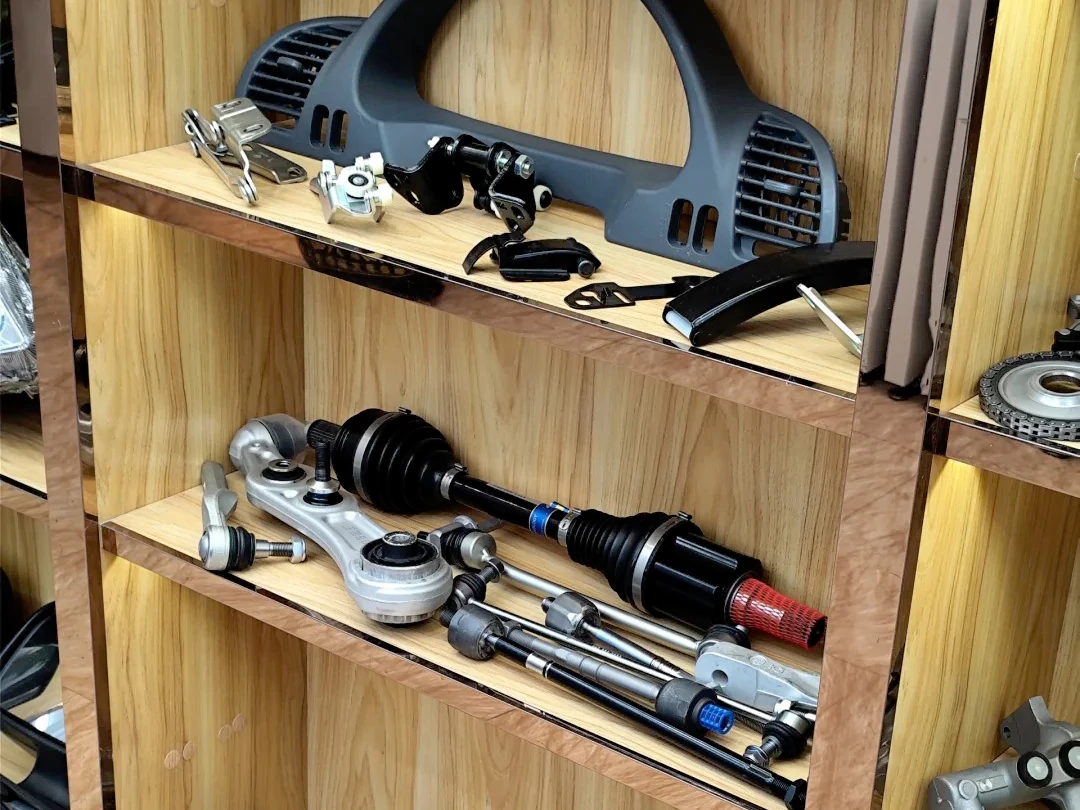Introduction
A performance exhaust is one of the most rewarding upgrades you can make to your vehicle—it enhances power, deepens the sound, and adds an aggressive aesthetic edge. But like any performance part, your exhaust system requires proper maintenance to ensure it continues performing at its peak. Neglecting care can lead to corrosion, leaks, or even reduced performance over time. At Rvng RaceWorks, we’ve seen how regular maintenance extends the life of an Exhaust and preserves both its tone and efficiency. Here’s how to properly maintain your performance exhaust system for lasting results.
Why Maintenance Matters
Your exhaust system operates under intense heat and pressure, exposed to road debris, water, salt, and contaminants. Over time, even premium stainless steel or titanium exhausts can show wear if not properly maintained. Regular inspection and care not only prevent costly damage but also keep your exhaust performing and sounding as it should.
Understanding Your Exhaust System
Before diving into maintenance, it helps to understand what makes up your exhaust system. A performance exhaust typically includes:
- Headers or manifolds that direct gases from the engine
- Mid-pipes or X-pipes that balance flow
- Catalytic converters for emissions control
- Mufflers and resonators that shape sound and manage back pressure
Each of these components contributes to your car’s performance, and each needs care to stay in top condition.
Step 1: Regular Visual Inspections
Make it a habit to visually inspect your exhaust every few months. Look for:
- Rust or corrosion around welds and joints
- Loose clamps or hangers that could cause vibration or rattling
- Leaks or soot marks, which indicate escaping gases
- Dents or scrapes that might restrict flow
Catching issues early helps prevent bigger problems and maintains your exhaust’s performance.
Step 2: Clean Your Exhaust System
Exterior Cleaning
Road grime, oil, and salt can corrode metal over time. Cleaning your exhaust exterior keeps it looking sharp and rust-free. Use a non-acidic metal cleaner or soap solution with a microfiber cloth. For polished tips, a chrome or stainless-steel polish restores shine.
Interior Cleaning
While you can’t clean the inside of your exhaust easily, driving the car at normal operating temperatures helps burn off condensation and residue. Avoid short trips that don’t allow your exhaust to heat up fully—moisture buildup can accelerate corrosion.
Step 3: Protect Against Corrosion
Even stainless-steel exhausts can rust if exposed to salt and moisture for extended periods. Applying a high-temperature ceramic or anti-corrosion coating adds an extra layer of protection, especially for cars driven in wet or snowy conditions.
If you live near the coast or in a humid area, this step is essential. Rvng RaceWorks recommends periodic reapplication of protective coatings to ensure long-term durability.
Step 4: Tighten and Secure All Components
Vibration and heat cycles can loosen exhaust bolts, clamps, and hangers over time. Periodically check and tighten all connections to prevent leaks or rattles. Loose fittings can lead to performance loss and damage surrounding components.
A secure exhaust system not only performs better but also prevents unwanted noise or misalignment under the car.
Step 5: Check for Exhaust Leaks
A leaking exhaust can reduce performance, increase fuel consumption, and produce unwanted noise. If you hear unusual hissing or popping sounds, inspect the system for cracks, worn gaskets, or loose joints.
For precise diagnosis, a smoke test can reveal even the smallest leaks. Rvng RaceWorks offers comprehensive leak testing and repair services to keep your exhaust airtight and efficient.
Step 6: Maintain Your Exhaust Tips
Your exhaust tips are constantly exposed to carbon buildup and debris. Cleaning them regularly with a mild degreaser or polish maintains appearance and prevents discoloration. For titanium or burnt-tip exhausts, use a gentle cleaner designed specifically for delicate finishes.
This small detail keeps your exhaust looking as good as it sounds.
Step 7: Avoid Harsh Impacts and Debris
Lowered vehicles or cars with aftermarket exhausts often sit closer to the ground. Be mindful of speed bumps, curbs, and uneven roads—one harsh impact can dent or crack your pipes. Damaged sections restrict flow and ruin the precision tuning of your exhaust.
Rvng RaceWorks advises using reinforced hangers and proper clearance adjustments during installation to protect against contact damage.
Step 8: Performance Tuning and Monitoring
If you’ve modified your car further with upgrades like intakes or turbo kits, your exhaust may need retuning. Adjusting your ECU ensures the engine and exhaust work harmoniously for optimal performance.
Monitoring air-fuel ratios and exhaust gas temperatures can also help detect issues before they escalate, preserving both performance and reliability.
Step 9: Seasonal Storage and Care
For cars that aren’t driven year-round, proper exhaust care during storage is crucial. Before storing:
- Clean and dry the entire exhaust
- Spray internal surfaces with a light oil mist to prevent moisture corrosion
- Store the car in a dry, ventilated area to minimize condensation buildup
When you bring your vehicle back into service, start it up and let the exhaust reach full operating temperature to burn off any residual oils safely.
The Rvng RaceWorks Advantage
At Rvng RaceWorks, we design our exhaust systems with longevity in mind. From TIG-welded stainless steel to precision-crafted titanium, every system is built to handle extreme conditions while maintaining exceptional flow and sound.
Our team of enthusiasts not only builds performance parts—we live them. That’s why we emphasize care and maintenance as much as performance and design.
Conclusion
Your performance exhaust is more than just a power upgrade—it’s a statement of craftsmanship, passion, and engineering excellence. With proper maintenance, you’ll preserve its tone, appearance, and performance for years to come.
